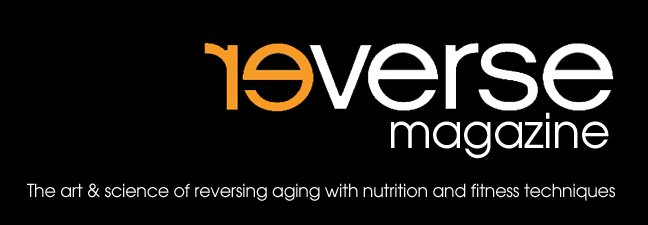
By Tom Furman and Robin White
Interview by Reverse Magazine with Dr. Steven Joyal, author of "What Your Doctor May Not Tell You About Diabetes" Dr. Joyal is also the Vice President of Scientific Affairs and Medical Development for Life Extension Foundation, based in Fort Lauderdale, FL.
Reverse Magazine caught up with Dr. Joyal at the "Yes We Can...Think Outside the Box" Conference on Science-Based Medicine at Nova Southeastern University on Sunday, October 4, 2009.
Reverse: Dr. Joyal, In light of the huge increase in obesity in the US, we would like to talk to you specifically about obesity as a problem in the United States workforce and how you believe it directly affects productivity in the workplace?
SJ: "The condition of obesity has such a profound impact on health and is associated with such a wide variety of diseases such as heart attack, stroke, hypertension, metabolic disorder, diabetes, sleep apnea, colon cancer, prostate cancer, asthma and so many other risks that can be incurred by obesity. This loss of health and disease can be directly attributable to loss of productivity in the workplace."
Reverse: Everyone may have a different idea of what obesity is, so for the record, we would like to get your definition of obesity.
SJ: "My definition would be a BMI over 30." (BMI is Body Mass Index, wikipedia describes this calculation as weight in lbs. x 703, divided by your height squared.) Another ‘real world’ way to understand obesity is about 30 lbs. or more over ideal body weight assuming a person is about 5’4” tall.”
Reverse: Well, ideal weight might also be a little subjective, for instance we remember those Health charts that insurance companies used to send out about ideal body weight and thought they were a little bit heavier than ideal.
SJ: "That's interesting, because according to most of those charts, I am considered obese at 195 lbs." (Dr. Joyal does not look obese, he is about 6'1'' and quite trim) "Those charts do not take into consideration waist size. For instance, a man with a 40 inch waist at 195 lbs. would be considered obese, but if he is 195 lbs. with a waist of 32 inches, then not at all. So, body composition must also be considered."
"So, to further elaborate on this, what we also use to characterize metabolic disease risk in the context of determining obesity, is if a man has a waist size over 40 inches and a woman has a waist size of over 35 inches, we consider them to be at significant risk of disease."
Reverse: Ok, so then that brings us back to the workplace. We feel that one of the big obstacles is the workplace itself. We are wondering what your ideas would be on how to get companies to give incentives to workers to stay healthier, because after all, it would improve their bottom line.
SJ: "An on-site gym is one of the best ways to encourage workers to get healthier. There is so much data that shows the enormous benefits that moderate exercise for an average of 30 minutes per day can effect on body composition, lipids, glucose levels and a host of other health indicators. The quality of the workers lives, how happy they are directly affects their productivity. A happy worker is a productive worker."
"Another idea if an employer cannot put in a gym, is to offer incentives of wellness credits toward a gym membership"
"Flexibility in the workplace is another idea. Allowing workers the freedom to work from home also helps employers to retain highly skilled and productive workers."
Reverse: It would be cool for employers to give memberships to Life Extension.
SJ: "Yes, employers could offer an automatic membership to Life Extension Foundation where they could take advantage of all the latest scientific information we publish in our monthly publication, as well as discounted supplements."
Reverse: One last question. How do you see the new proposed Obama Healthcare plan as affecting obesity in the workplace? Do you think it will help, hinder or have no effect at all?
SJ: "I think that there is a growing awareness in the highest levels of government that our modern system of healthcare s based on a "disease model". It is good at treating acute illness, and not very good at the prevention of it."
"I think they realize that it is easier and less costly in the long run to prevent disease. We are in a unique advantage right now that baby boomers are starting to reach retirement age and they do not seem likely to settle for the same quality of life as their parents did. They want a greater quality of life. So, that huge population may well have a greater influence on the medical community to be more responsive to the prevention of disease."
Reverse: Thank you Dr. Joyal, we appreciate your time in answering our questions.
Life Extension Foundation can be found on the web at: http://www.LifeExtension.com






No comments:
Post a Comment